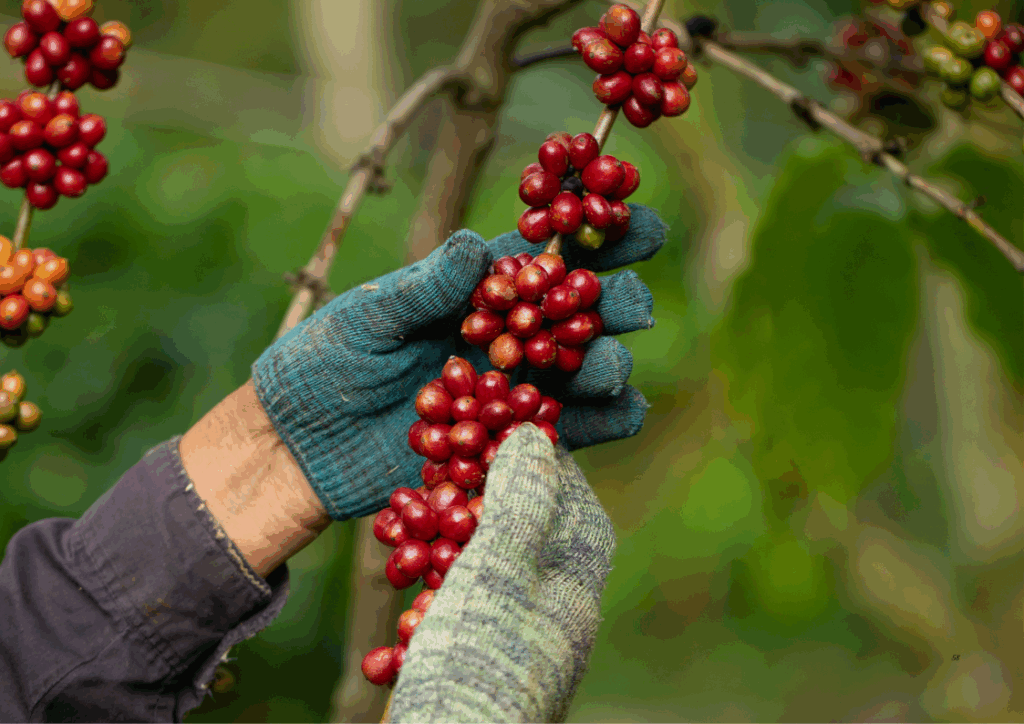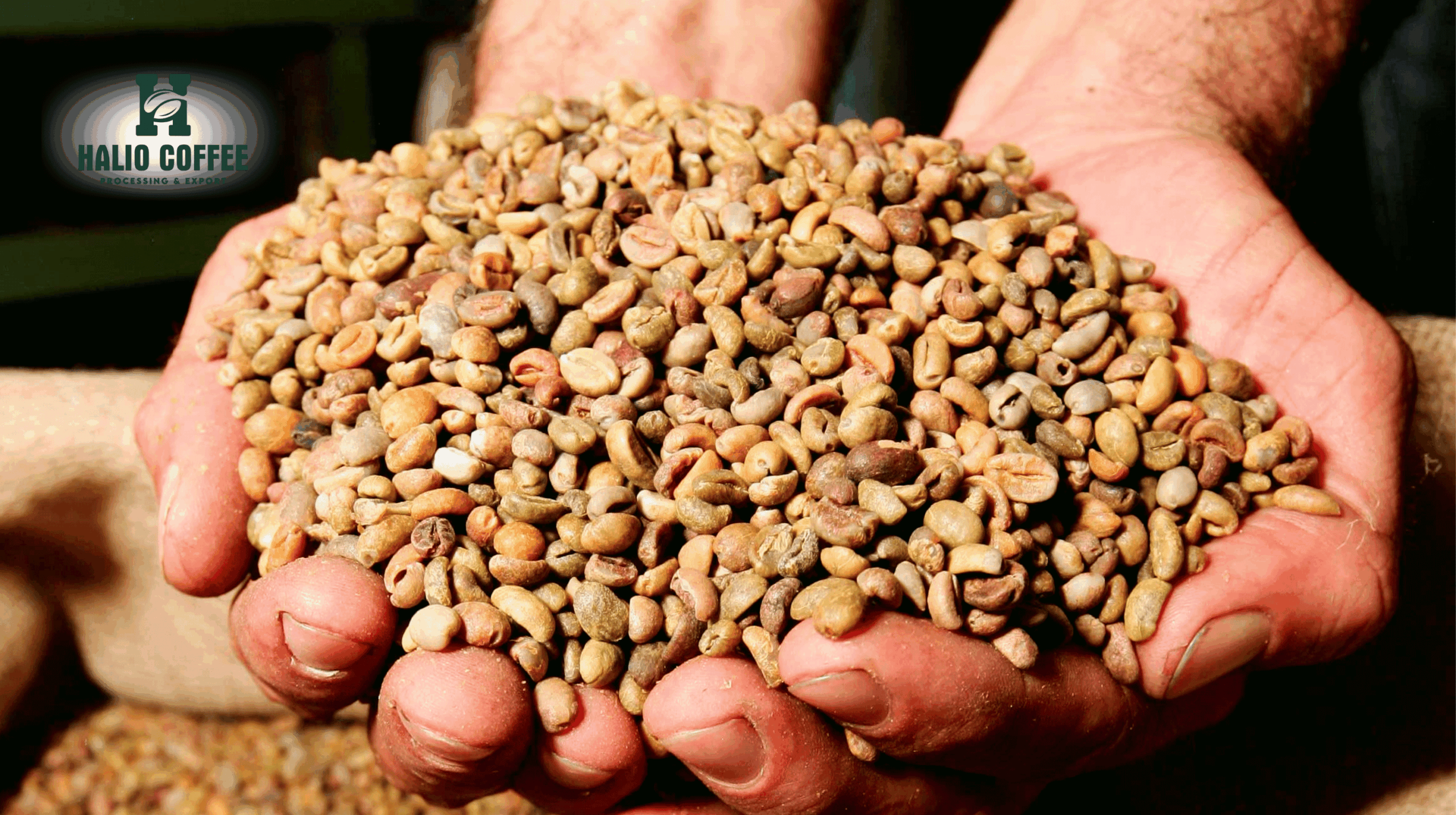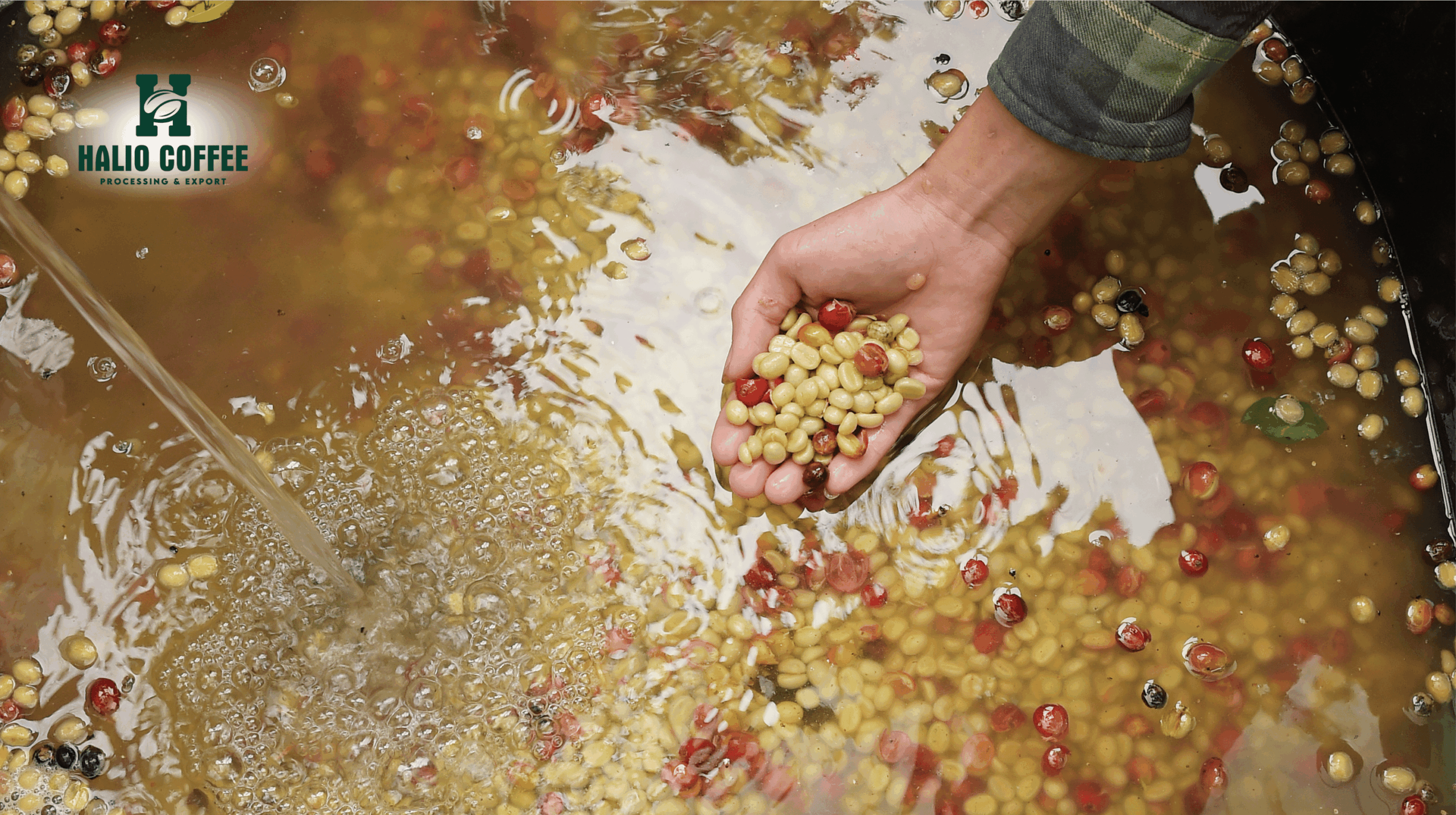High-Caffeine Natural Robusta: Vietnam’s Rising Power in the Global Coffee Industry
For decades, the global coffee industry has been dominated by arabica beans, known for their delicate flavor and wide acceptance in specialty markets. However, robusta, particularly High-Caffeine Natural Robusta, is experiencing a renaissance. With growing interest in functional beverages, energy-driven lifestyles, and cost-effective yet flavorful coffee solutions, this variety is being repositioned as more than just a blend filler.
Vietnam, the world’s largest producer of robusta, is at the center of this transformation. The combination of natural sun-drying methods and robusta’s inherent properties results in beans with exceptional strength, rich crema, and up to double the caffeine content of arabica. For roasters, distributors, and producers, High-Caffeine Natural Robusta represents both a profitable opportunity and a gateway to innovation in global markets.
The Global Coffee Industry Landscape
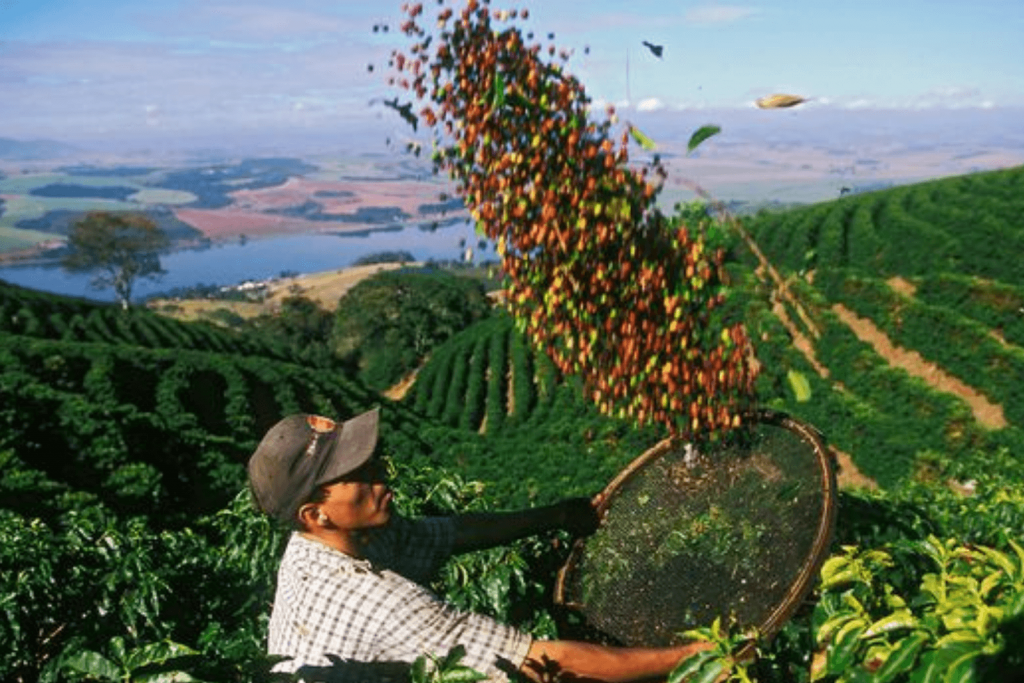
Coffee Consumption Worldwide
- Global coffee consumption reached 177 million 60-kg bags in 2023 (ICO, 2024).
- Forecasts suggest annual growth of 2–3%, with Asia-Pacific and Middle Eastern markets expanding fastest.
- Energy-conscious consumers in North America and Europe are increasingly seeking high-caffeine alternatives, creating an ideal entry point for High-Caffeine Natural Robusta.
Vietnam’s Role in the Market
- Vietnam accounts for 40–42% of global robusta exports.
- Over 95% of Vietnam’s coffee production is robusta, concentrated in the Central Highlands (Dak Lak, Gia Lai, Lam Dong).
- Export value: $3.9 billion in 2023, making coffee Vietnam’s second-largest agricultural export.
With its dominant position, Vietnam is uniquely positioned to shape perceptions and supply of High-Caffeine Natural Robusta on the international stage.
Characteristics of High-Caffeine Natural Robusta

Chemical Composition
Caffeine Levels
- Arabica: 1.2–1.5% caffeine content.
- Robusta: 2.2–2.7% caffeine content.
- High-Caffeine Natural Robusta: consistently at the upper range of robusta’s spectrum, offering a strong physiological effect desired in energy-driven markets.
Additional Compounds
- Chlorogenic acids (CGA): Higher in robusta, contributing to antioxidant capacity.
- Lipids: Lower than arabica, but beneficial for longer shelf life.
- Protein Content: Contributes to thicker crema and heavier body in espresso.
Flavor Profile
- Bold, earthy, and intense with notes of dark chocolate, dried fruit, and nuts.
- Naturally sun-dried cherries add complexity, often introducing winey or fermented fruit tones.
- Stronger mouthfeel compared to arabica, making it ideal for espresso bases.
See more:
- Sun-Dried Robusta Coffee Beans
- Single Origin Robusta Natural
- Halio Coffee – Your Trusted Fresh Coffee Distributor of Robusta & Arabica Beans
Processing High-Caffeine Natural Robusta in Vietnam
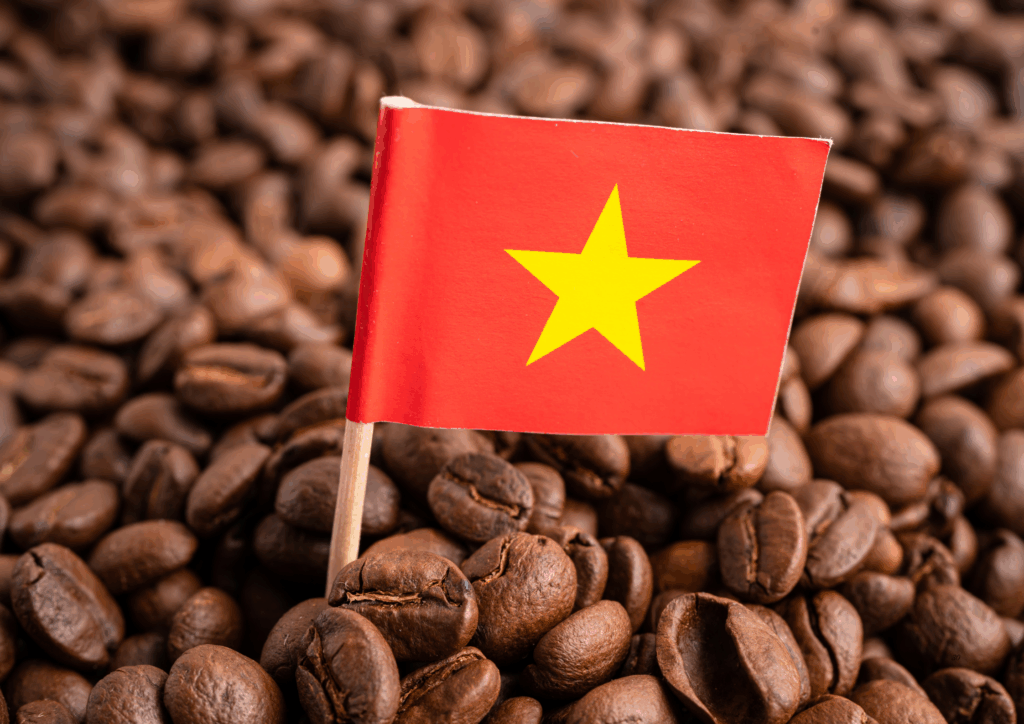
Traditional Sun-Drying vs. Modern Practices
Patio Drying
Cherries are spread on flat surfaces and turned frequently. Still common but susceptible to contamination.
Raised Bed Drying
Increasingly used in Dak Lak and Lam Dong. Allows for better airflow, even drying, and reduced mold risk.
Hybrid Drying
Combines sun-drying with mechanical dryers during the rainy season, ensuring consistent output.
Post-Harvest Innovations
- Moisture monitoring tools help achieve the ideal 11–12% bean moisture.
- Selective harvesting of fully ripe cherries improves cup quality.
- Micro-lot production is gaining ground among cooperatives, targeting specialty buyers looking for distinctive Whole Bean Coffee robusta lots.
Applications of High-Caffeine Natural Robusta
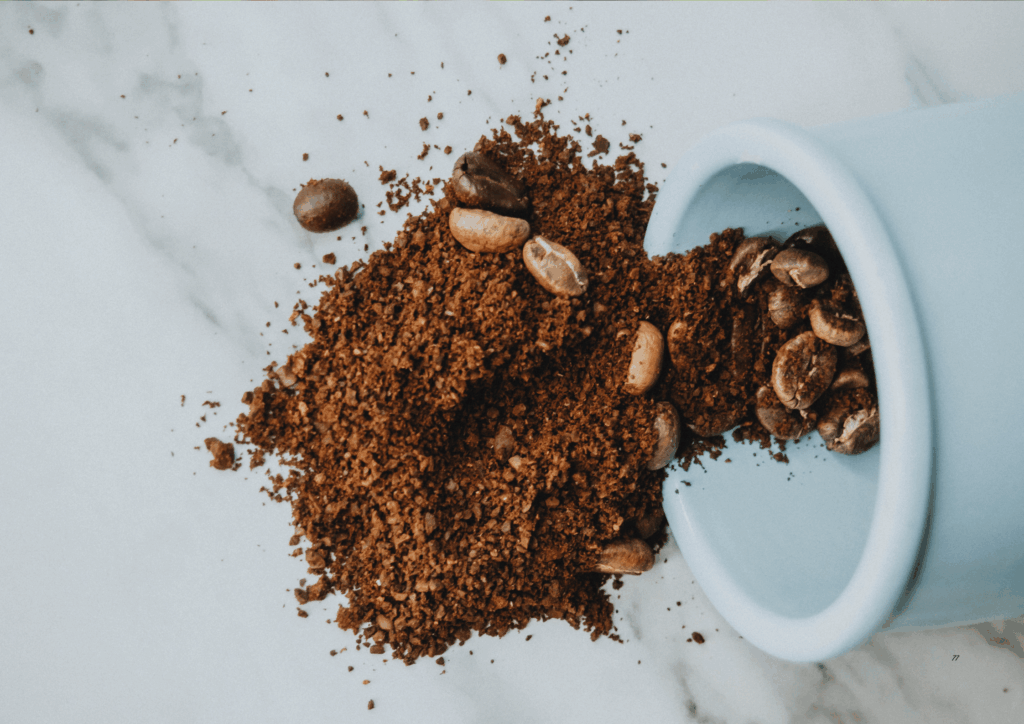
In Espresso Blends
For decades, Italian roasters have relied on robusta to enhance crema and add intensity to espresso. With better processing, High-Caffeine Natural Robusta offers strength without compromising flavor, creating well-balanced blends.
In Instant Coffee
Over 70% of the instant coffee market is based on robusta. Higher caffeine content and stronger solubility make natural robusta the ideal base for soluble powders, RTD (ready-to-drink) coffee, and energy beverages.
In Specialty Coffee
The global specialty market is beginning to recognize Fine Robusta. Beans scoring above 80 on the SCA scale are now included in single-origin Whole Bean Coffee portfolios. This acceptance is opening doors for roasters eager to diversify beyond arabica.
Market Data and Industry Statistics
Pricing Trends
- Arabica (ICE, July 2024): 190–200 US cents/lb.
- Robusta (ICE London, July 2024): $3,900–4,200 per ton.
- High-Caffeine Natural Robusta Premiums: Specialty lots command +25–35% over standard robusta.
Demand Dynamics
- The energy drink industry, valued at $60 billion in 2024, is looking at coffee as a natural caffeine source.
- In the U.S., 41% of millennials are interested in higher-caffeine coffee products (NCA 2023 survey).
- Europe’s espresso culture continues to drive robusta demand, particularly in Italy, Spain, and Portugal.
Case Studies
Case Study 1: Specialty Cooperatives in Dak Lak
A cooperative introduced raised-bed sun-drying for robusta cherries. Cupping scores improved from 72 to 82. Exported to specialty roasters in Germany at a 30% premium.
Case Study 2: Black Sheep Coffee (UK)
This specialty chain markets 100% robusta coffee from Vietnam, highlighting both caffeine strength and flavor distinctiveness. Their brand positioning demonstrates how High-Caffeine Natural Robusta can disrupt conventional specialty narratives.
Case Study 3: Nestlé Vietnam
Nestlé integrates robusta into its global Nescafé supply chain, training thousands of farmers in sustainable drying techniques. Their goal is to deliver consistent quality while capitalizing on robusta’s naturally high caffeine for soluble products.
Opportunities for Industry Stakeholders
For Producers
- Invest in post-harvest infrastructure to consistently achieve specialty-grade robusta.
- Explore certifications (Rainforest Alliance, Fair Trade, Organic) for higher-value exports.
- Leverage traceability technology (QR codes linking beans to farms) to appeal to international buyers.
For Roasters
- Market High-Caffeine Natural Robusta as a functional beverage alternative.
- Blend with arabica to create “energy blends” that balance flavor and strength.
- Experiment with single-origin Whole Bean Coffee robusta for adventurous consumers.
For Distributors
- Position robusta as a hedge against arabica price volatility.
- Expand distribution into Middle Eastern and Asian markets where high-caffeine beverages are in demand.
- Partner with Vietnamese exporters to secure traceable, sun-dried robusta at stable pricing.
Technical Challenges and Solutions
Climate Constraints
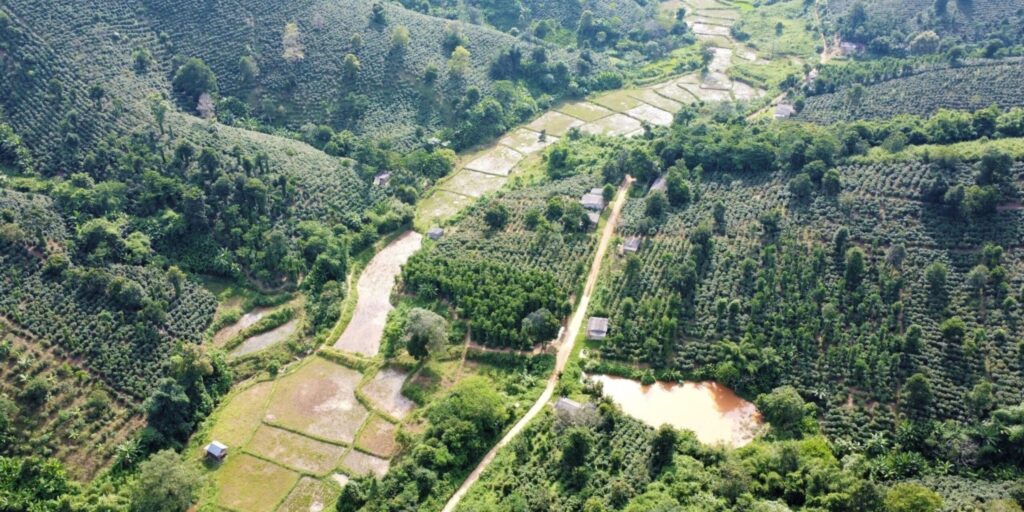
- Drying season in Vietnam (Dec–March) is optimal, but unpredictable rainfall can disrupt output.
- Hybrid drying solutions mitigate weather risks.
Quality Variability
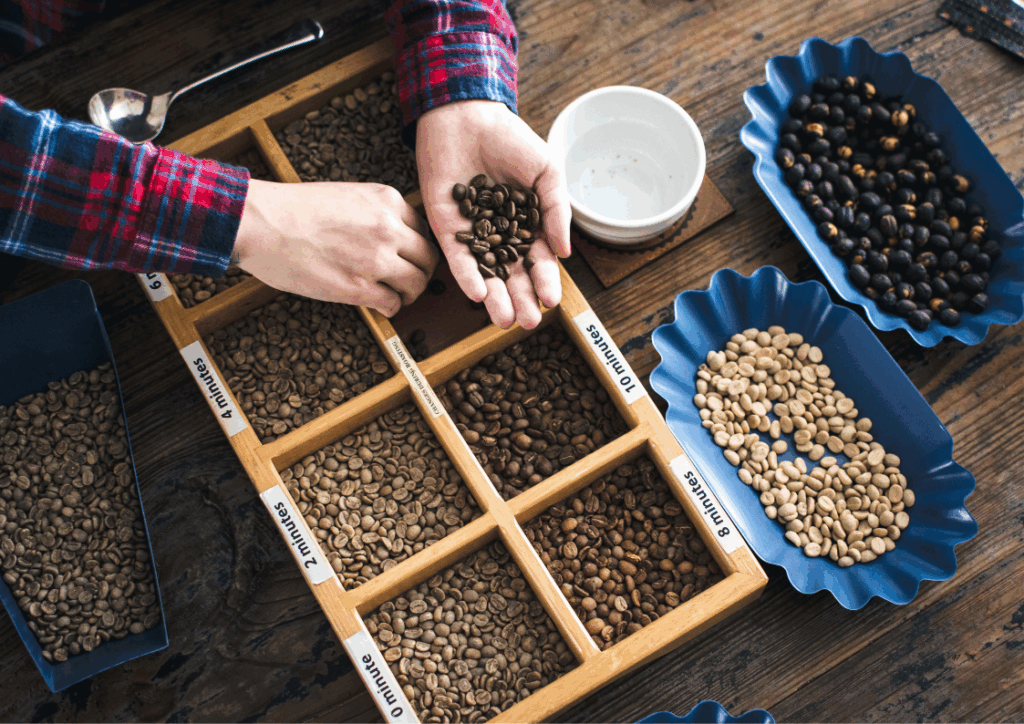
- Uneven fermentation during drying leads to flavor defects.
- Cooperatives adopting standardized drying methods improve consistency.
Labor Intensity
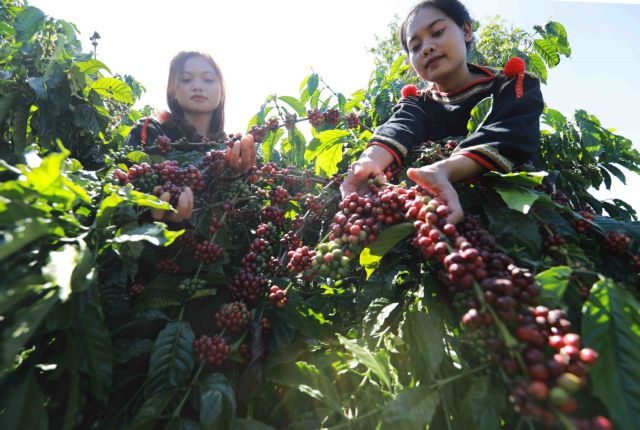
- Sun-drying requires constant attention.
- Training and collective action among farmers reduce workload and improve quality.
The Future of High-Caffeine Natural Robusta
Growing Consumer Acceptance
The stigma around robusta is eroding. Specialty roasters are beginning to experiment with single-origin High-Caffeine Natural Robusta, marketing it as a bold and innovative alternative to traditional arabica offerings.
Functional Beverage Market
With health-conscious and energy-seeking consumers rising, the functional coffee market (cold brew, nitro, infused RTDs) offers opportunities for robusta to expand beyond traditional formats.
Vietnam’s Competitive Advantage
- Climate & Geography: Central Highlands are ideal for robusta cultivation.
- Scale & Supply Chain: Large, organized cooperatives ensure stable supply.
- Innovation: Adoption of natural drying and micro-lot production enhances value.
- Coffee Prices Today, August 29: Prices Reverse as Concerns Grow Over Consumer Demand
- High Caffeine Coffee Bean Supplier
- The Inventory Playbook: A Consultant’s Guide to Managing Coffee Shipment Lead Times from Vietnam
- The Evolving Landscape of Vietnamese Arabica Green Coffee Beans: A Comprehensive Guide for Global Buyers
- Coffee Prices Today 2/10: Robusta Surges Over $200/Ton, Market Buzzes with Activity
